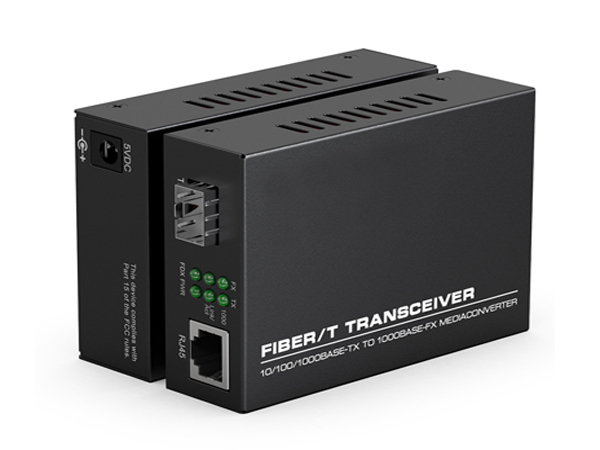
1. Signal integrity
The mixed signal modules in transceivers, such as PLL, Phase Locked Loop (PLL), CDR (Clock and Data Recovery), 8B/10B codecs, etc., are designed with analog signals, such as VCO in PLL, and digital signals, such as frequency dividers in PLL. In a chip, there are analog and digital signals at the same time, easy to produce power synchronization noise, ground bounce and signal crosstalk. And the higher data rates of the transceivers mean that non-ideal transmission line effects can make wiring more difficult. Copper wires in each layer can create a "skin effect", in which high-frequency signals skim over the surface of conductors, increasing signal attenuation.
2. The jitter
Jitter is the most important parameter to measure the robustness of the transceiver, because jitter directly reflects the bit error rate of the transceiver. The factors that affect the jitter are the layout of power supply and ground, calibration circuit, packaging characteristics, etc., among which the most important is the high speed clock produced by PLL. PLL is important for clock and data recovery (CDR). PLL is driven by input reference clock, so reference clock input needs to meet strict electrical and jitter requirements.
3. Equalization techniques
The data transmitted in the channel will inevitably have the influence of inter-code interference and various noises. At high speeds, the interference is more pronounced. In order to overcome the transmission interference and loss, an equalizer is inserted into the transceiver system. After the equalization correction, the system characteristics can be corrected and compensated, and the influence of inter-symbol interference can be reduced, so as to adapt to the random change of channel.
4. Pre-weighting technology
At gigabyte rates, designers cannot solve the problem of signal loss simply by amplifying the signal, which increases power consumption and causes eye pattern closure. In the layout, the intensity of reflected energy shows a proximal discontinuity. The pre-weighting technique can pre-distort the transmitted signal by weighting the first data symbol after any signal change and eliminate the front-end overshoot and back-edge trailing of the impulse response in the channel.
